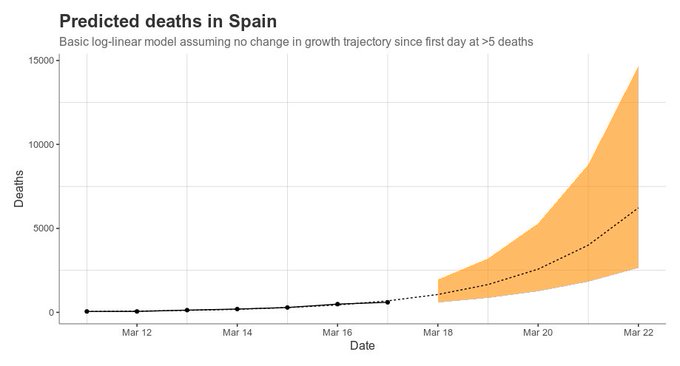The introduction of new technologies and benefits in health care is always a perfect chaotic process. It starts with the creation of great expectations that have to be fulfilled (and publicly funded!). In some sense it could be understood as a remake of the Nintendo story of undersupply and artificial scarcity creation. Some genome based biomarkers fits partly with this paradigm.
The case of Angeline Jolie -double mastectomy after BRCA testing positive- was broadcasted worldwide in the weeks before the ruling against gene patenting. Creating uncertainty and scarcity artificially is a heavier combination. And in this situations is when common good has to be protected, and government has the key role.
Two selected messages from this week in PLOS Biology:
If clinical genomics is about to move forward at a more rapid pace due to broader public awareness and a more favorable legal climate then there is still work to be done on the ethical, regulatory, and legal fronts.
Celebrities are now drawing public attention to the utility of genetic testing. With the Supreme Court decision opening the door to more and perhaps cheaper entry into the testing market, the requisite infrastructure for managing risk and the rules for handling risk information must be strengthened. Making testing more widely available will only be morally acceptable if there are rules of the road in place.Meanwhile, our regulator is just waiting for another day, then it may be too late.



